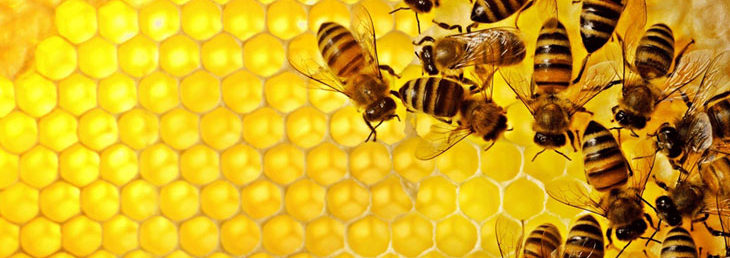
19 Feb Collaborating with a zoo inspired companies to co-innovate with Nature
Biomimicry is an approach to innovation based on the idea that 3.8 billion years of evolution is time enough to finally make things right. Biomimicry therefore proposes designers, scientists or engineers to seek solutions to human challenges by emulating Nature’s time-tested patterns and strategies. Of course, we humans have long been looking at Nature to solve our problems. But it’s been more recently that the idea of nature-inspired solutions blossomed as research and development departments became specially urged by demands such as more energy efficiency or sustainability.
Nature is often highly efficient, and it manufactures using very few compounds. Nothing is waste in Nature, which is a good starting point for anyone interested in circular economy, for instance. Nature can inspire us in its designs; in its biological, mechanical or physical principles; in its materials and fabrication systems, and even in its forms of organization. Therefore, biomimicry currently extends its inspiring approach on areas as diverse as engineering, architecture, energy generation and distribution or water management. Even emerging fields of science and technology such as the creation of new materials, robotics, nanotechnology or biomedical engineering are finding in Nature many of their most innovative and effective advances.
What Would Nature Do?
There are a growing amount of bioinspired products in the marketplace today. The hook-and-loop fastener Velcro, which copies the tiny hooks on the surface of burrs, can be considered among the most well-known nature-inspired technologies. Speedo’s ‘Fastskin’ line of swimsuits mimics the natural skin of a shark simulating the movement and water shedding qualities of these animals. Canadian company Whalepower mimicked the fins of humpback whales while designing its turbine blades to find a solution that helped to reduce the drag and increase the lift.
Companies such as Adidas, Nike, P&G, and IDEO have incorporate bioinspiration from a design process and innovation perspective into product development. An economic report released few years ago from the Fermanian Business & Economic Institute forecasted that this field would add 1.6 billion jobs to the economy and stated that it can reverse depletion of natural resources an estimated $15 billion within 15 years.
Going to the zoo to get inspired
This renaissance of biologically inspired research and innovation has also lead to a number of previously unthinkable proposals for collaboration. This is the case for instance of a zoo aiming to collaborate with organizations around the world to develop actual products and designs. The San Diego Zoo established in 2012 its Center for Bioinspiration, envisioning the zoo as a resource that would introduce businesses to the creatures that could help them solve design challenges.
As the world’s largest and most diverse living collection of plants and animals, the San Diego Zoo has a nearly 100-year history of species knowledge. The Center for Bioinspiration was born as a mean to facilitate innovation practices that were a good fit for the zoo’s conservation mission by helping innovators to create products that are inherently good for the environment with high efficiency and low waste. The zoo would provide a combination of informal corporate education, consulting and ideation to paying customers, as well as generate and develop in-house ideas for possible market exploitation.
Expertise for the R&D would come from the more than 100 biology experts at the zoo, and from an on-call cadre of scientists from around the world. The Center for Bioinspiration conducted workshops with companies that came to them with a specific industrial challenge. Zoo educators, scientists, horticulturists and keepers would participate in these workshops exploring how their knowledge connected with a given challenge and linking natural adaptations to develop a novel approach to solving the problem.
Mimicking armadillos and tortoises
First clients of the center’s plant and animal-assisted design services included P&G, Nike or NASA. Among those it was also telecommunications company Sprint, which worked with the center on developing a more sustainable packaging for the company’s smartphones. In this case, the goal was a more flexible, lightweight, durable and recyclable packaging.
The team considered specific features that were both requirements for the product packaging (such as heat, cold and humidity resistant) and linked to Sprint’s sustainability goals (recyclability, locally sourced and plant-based biodegradable). Along with other first-hand observations of plants, animals and artifacts at the zoo, sources of inspiration included a three-banded armadillo, which can roll into a perfect sphere to protect itself against harm; a hedgehog with spines able to withstand astounding amounts of force; or a tortoise whose shell is both strong and flexible.



Sorry, the comment form is closed at this time.